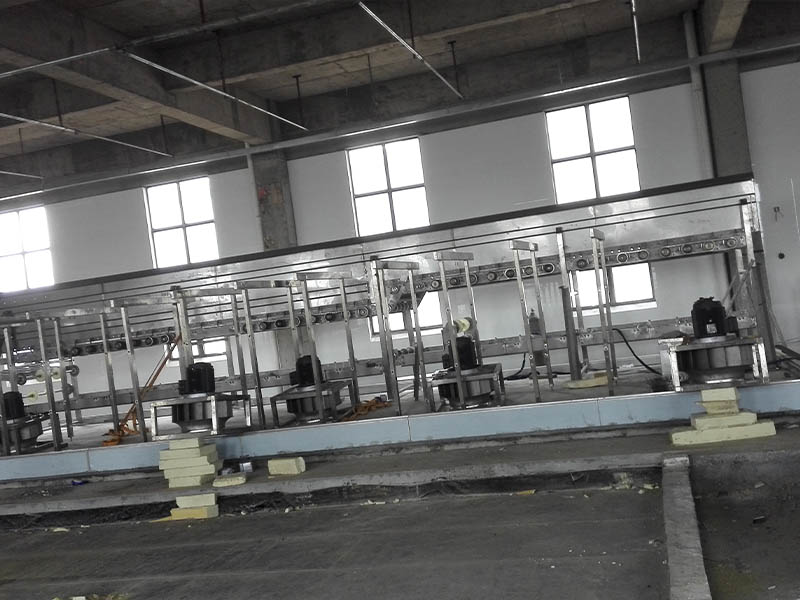Example video title will go here for this video
MOLINE, Ill. — When we think of melting snow, we usually draw a conclusion that either temperature needs to be above-freezing or we see an ample amount of sunshine. Fruit Iqf

What you may not know is that humidity can also play a big factor in how quickly the snow melts over a given period. It's the topic of today's Ask Andrew. Let's dig in!
The quick answer: Yes!
It gets complicated, though, as we take a throwback from high school and even college physics classes that may make you cringe just thinking about them. However, the science behind this is pretty cool!
When it comes down to the melting process of snow, it's usually caused by three things: the temperature of the surrounding air, the temperature of the soil, and lastly, the level of humidity at a given time.
Humidity plays a role because of the amount of heat energy that can be transferred during the process of condensation. An air mass that has a higher level of humidity will encourage that water vapor to spread over a layer of snow, and then condensate on the snowpack itself. That transition, from water vapor to actual liquid water, releases some heat energy in the process, further enhancing the melting and speeding it up.
In the graph above, you'll notice that on an average day, humidity levels typically peak late at night and very early in the morning, while falling during the day. You'll often notice that when temperatures are above freezing overnight, even by a little bit, the snowpack on the ground can really be eaten up quite quickly versus during the daytime. This is why! You are harnessing not only the power of warmth but the power of humidity as well!
Have a question that you would like me to answer for an upcoming Ask Andrew segment? Submit it, here!
Watch more "Ask Andrew" segments on News 8's YouTube channel

Iqf Freezing Notifications can be turned off anytime in the browser settings.